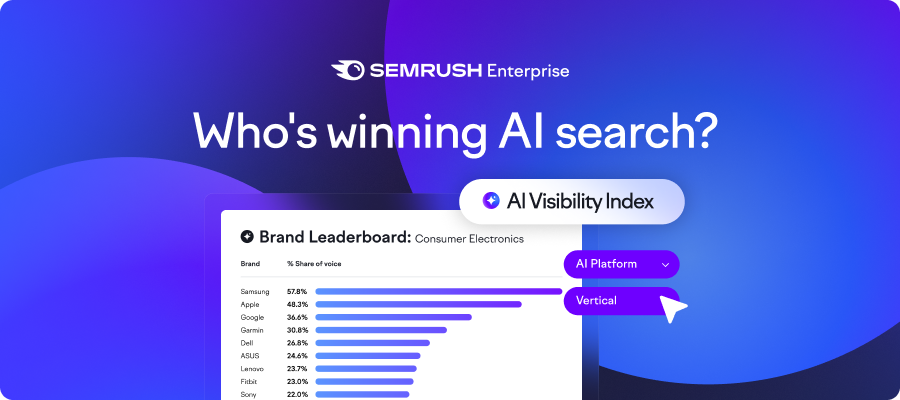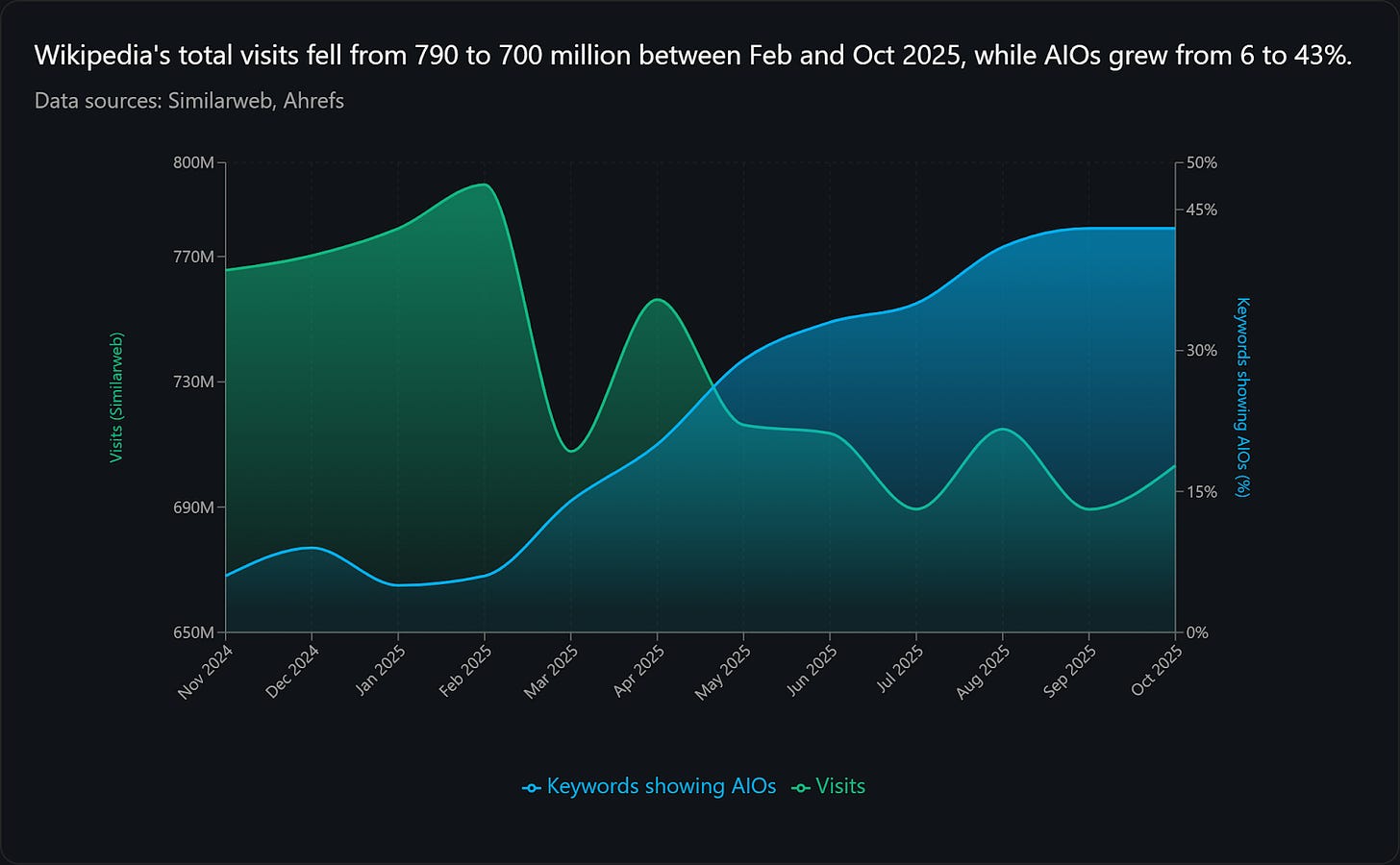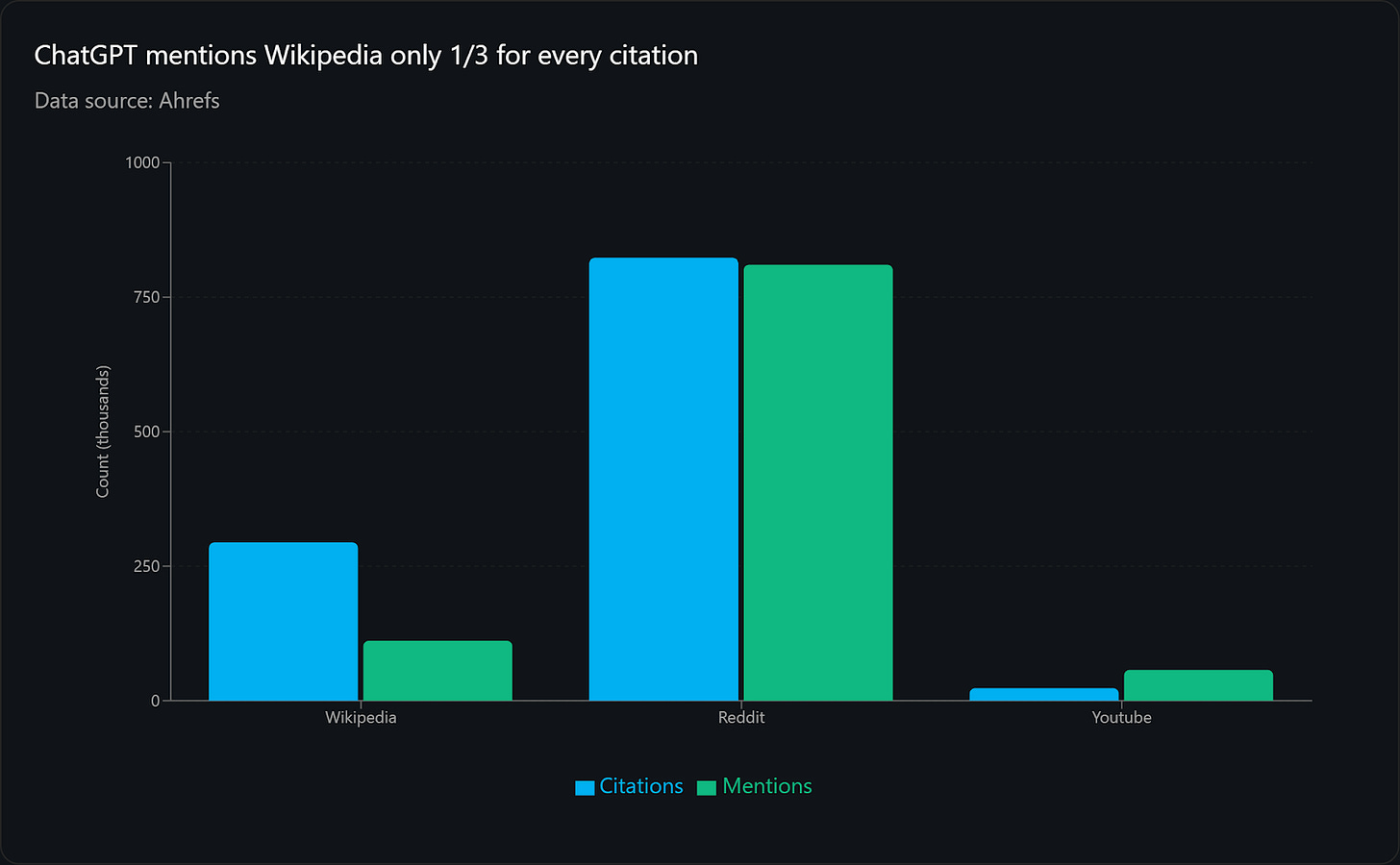AI is breaking the economics of content
Evergreen topics drop in value while additive content gains
This Memo was sent to 22,334 subscribers. Welcome to +55 new readers! You’re reading the free version of Growth Memo. Premium subscribers get deeper strategy breakdowns, original research, and exclusive content drops.
Before we dive into today’s Memo:
Big shoutout to Viktoria Gerner for signing up as Founding Member 🙏🏻
AirOps is hosting an invite-only hackathon + CMO Roundtable in NYC on 10/29 to tackle real challenges at the intersection of AI and content (Carta, CapitalOne and Klayvio have already signed up): RSVP here
See the Brands Winning AI Search (And Their Tactics)
Semrush Enterprise’s AI Visibility Index is a deep dive into the brands leading AI search - tracking thousands of prompts from ChatGPT and Google AI Mode across 5 key industries.
Built with AI Optimization, the Index is completely free and gives you the blueprint for thriving in AI search. Explore topics like:
Which brands lead in each industry
Who gets mentioned in AI vs. who it cites
Why brands like Patagonia and Garmin are scoring AI search wins
It’s an AI search game-changer that puts real data behind the emerging tactics.
What does it say about the economics of content when the most visible site on the web loses significant traffic?
A status report by Wikipedia shows a significant decline in human pageviews over the last few months as a result of generative AI, “especially with search engines providing answers directly to searchers”. [x]
1/ Frame: Evergreen vs. additive content
Evergreen content = Educational content covering established, timeless topics
Additive content = Content that provides net-new takes, insights, and conversations
Wikipedia is an evergreen site. Even though it’s a user-generated content (UGC) platform like Reddit or Youtube, its primary purpose is to serve comprehensive definitions on established topics. Reddit, Youtube, and LinkedIn & Co. are about additive topics and insights.
AI destroys the value of one while raising it for the other.
2/ Problem: AI makes answering questions less valuable
Wikipedia’s human traffic has dipped -5% YoY, while scrapers grew by 10.5% and bots by 162.4%[x]. The fact that scrapers and bots together make up almost as much traffic as humans is symbolic of the eroding value of answering questions.
Even though Wikipedia’s direct traffic is up ~23% and Chat GPT referrals are up 3.5x YoY, Google referrals are down -35% because AI Overviews make it redundant for users to click through.
Over the same time that Wikipedia lost ~90 million visits, Google started showing a lot more AI Overviews that answer user questions directly - often based on Wikipedia’s content.
3/ Scale: AI Overviews close to 50%
Wikipedia sees 7x more AI Overviews for its keywords in the search results, but ⅓ fewer citations as the source.
Almost 50% of Wikipedia’s queries display a large AIO at the top of the search results. That’s no outlier: Reddit is at 46% and Youtube at 38%.
4/ Shift: AI rewards additive content
Google and ChatGPT reward additive content.
YouTube’s citation rate jumped from 37% to 54% (up 17 percentage points) at the same time as Wikipedia dropped from 58% to 42% (down 16 percentage points). Video is replacing text as Google’s primary source for answers.
ChatGPT cites Wikipedia 3x more often than it mentions the site, while Reddit is at one-to-one and Youtube at ~250%! Since users don’t click citations, mentions are much more valuable. [x]
5/ The economics of content
Pre-AI, the economics of evergreen content were net-positive because it attracted clicks from Google, some of which converted into customers. LLMs like ChatGPT, AI Overviews or AI Mode are not incentivized to send out traffic but to give the best answer, which makes the experience more similar to TikTok than Search.
LLMs use web content like Wikipedia for training, but offer invisible citations instead of mentions. The net return is negative. Wikipedia has to convince donors that it’s still worth giving money, while its content is used as a utility for LLMs.
Over the last 12 months, sites offering additive UGC have gained LLM visibility [x]:
Reddit
Linkedin
Youtube
Quora
Yelp
Tripadvisor
Etc.
At the same time, content sites offering evergreen content lost significant amounts of organic traffic (and value):
Stackoverflow
Chegg
Britannica
Wiktionary
History.com
Ehow
Etc.
With fewer and eventually maybe zero clicks arriving [x], the value of creating evergreen content is questionable - not just for Wikipedia.
6/ Shift from evergreen to additive content
The fix is to shift focus from evergreen topics to net-new insights:
Invest more in additive content: data stories, research, customer success stories, thought leadership, etc. Oura, Ramp, Okta and others are already making the shift and hiring economists, journalists and researchers. [x, x, x]
Lower your investment in evergreen content in favor of additive content. We don’t know the right mix, but 50/50 or even 70/30 seems better than 80/20.
When to keep evergreen content: For user experience (critical to understand a topic), Topical Authority, or when you can automate + enrich with unique data.
When creating evergreen content, focus on hyperlong-tail topics aligned with your audience personas and positioning that no one else is visible for.
Evaluate additive content against influenced pipeline, LLM citations / mentions / Share of Voice and publisher links / coverage.
Premium: More insights + How you can monitor AIOs to understand traffic loss
Premium subscribers get a step-by-step guide on how to monitor AIOs in Ahrefs and Semrush - plus more insights about the changing economics of content.








